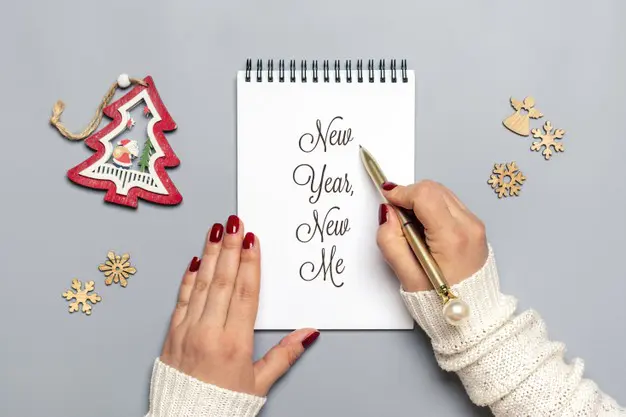Handshake, thumbs-up, “OK” sign… These everyday gestures seem so harmless. Nevertheless, some of these signs can let you down abroad. Indeed, not all gestures have a universal meaning: a gesture that seems harmless for you can lead to misunderstandings in another country. But don’t worry! In this article, we provide you with a short guide to adjust your body language abroad.
Handshake

Depending on whether you are in the United States, Morocco, or Brazil for instance, the way of doing the handshake will vary.
In the United States, the handshake should be firm and energetic. This will give a positive impression to your counterpart. An extra tip: look at the other person straight in the eye. In Brazil or Mexico, the handshake should also be strong, but it will be more prolonged.
In other countries, the handshake depends on the person you are greeting. In the United Arab Emirates, or in several Asian countries (except the Philippines), you should shake the hand of the elderly person first. In those Asian countries, you should also bow slightly and avoid making a direct eye contact.
In Morocco and Russia in particular, the handshake will generally be done between people of the same gender.
Thumbs-up

There’s nothing more spontaneous than giving a thumbs-up to show approval, right?
Well, you need to be careful because this simple gesture can have a completely different meaning depending on the country where you are. In particular, in the Middle East (Afghanistan, Iraq, Iran…) and Greece, it is an extremely insulting gesture. In these cultural areas, the locals will interpret this sign as a middle finger…! In Japan, the thumbs-up symbolizes the number “5”. So try to spare yourself from awkward misunderstandings…
“OK” sign

This gesture is not so okay in all countries of the world…
If it is innocuous in the United States, or in the United Kingdom, this gesture can utterly differ in meaning in other cultural areas. In Brazil, Venezuela and Russia in particular, this sign is tremendously rude. Indeed, in these countries, such a sign is used to portray a bodily orifice… In other parts of the world, the meaning also varies. For instance, in Japan, the “OK” sign symbolizes money, whereas it means “0” in France.
V-sign

To symbolize a glorious event or peace, you probably tend to make the V-sign. However, it is necessary to know that the gesture has two formats and, depending on the latter, the meaning will vary.
Indeed, if the palm is faced inwards, this sign takes on a completely different meaning… In several Commonwealth countries (the United Kingdom, New Zealand, Australia and South Africa), it is extremely derogatory to make the V-sign in this way. It turns out that, in those nations, people will perceive the sign as a middle finger, thus, as an act of defiance.
Beckoning sign

If this gesture used to beckon someone is ordinary in most Western countries, it is far from being acceptable in many Asian countries. In China, Japan, the Philippines or Singapore, using this sign to speak to individuals is particularly rude. As a matter of fact, in such countries, this gesture is only appropriate on dogs. By the way, a little advice if you go to the Philippines: avoid making the beckoning sign with people… otherwise you could be arrested! Instead, it is better to use four fingers (excluding the thumb), with the palm downwards, and then, to make sweeping motions.
From now on, no excuses! With this short guide to adjust your body language abroad, you will avoid finding yourself in hot water, especially with the Philippine authorities…!

